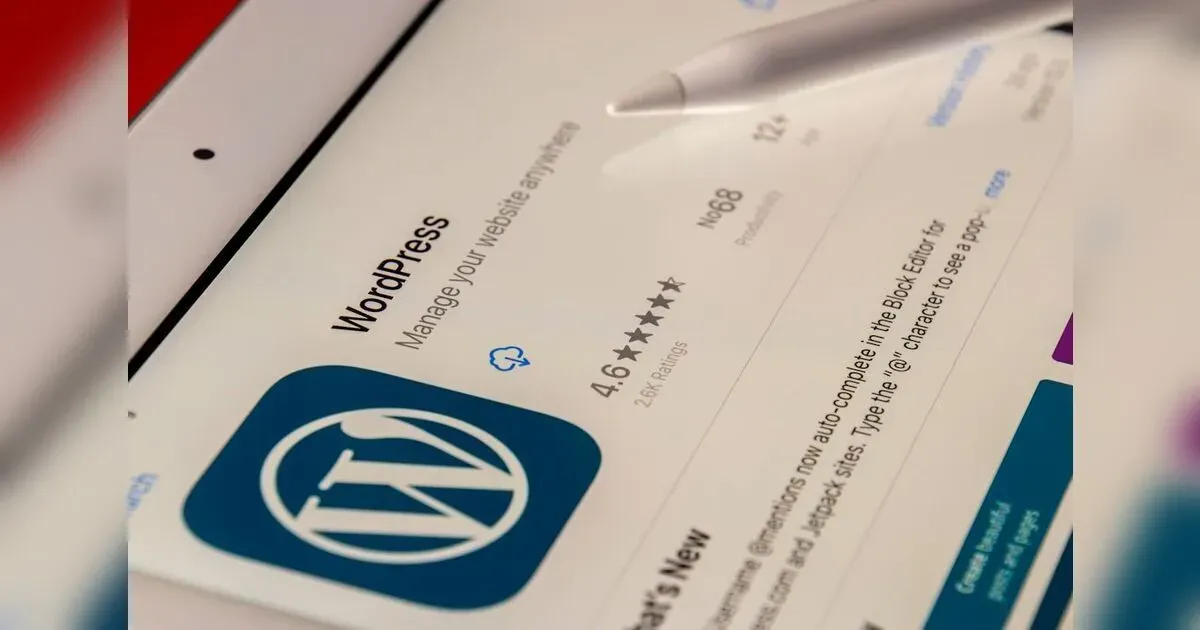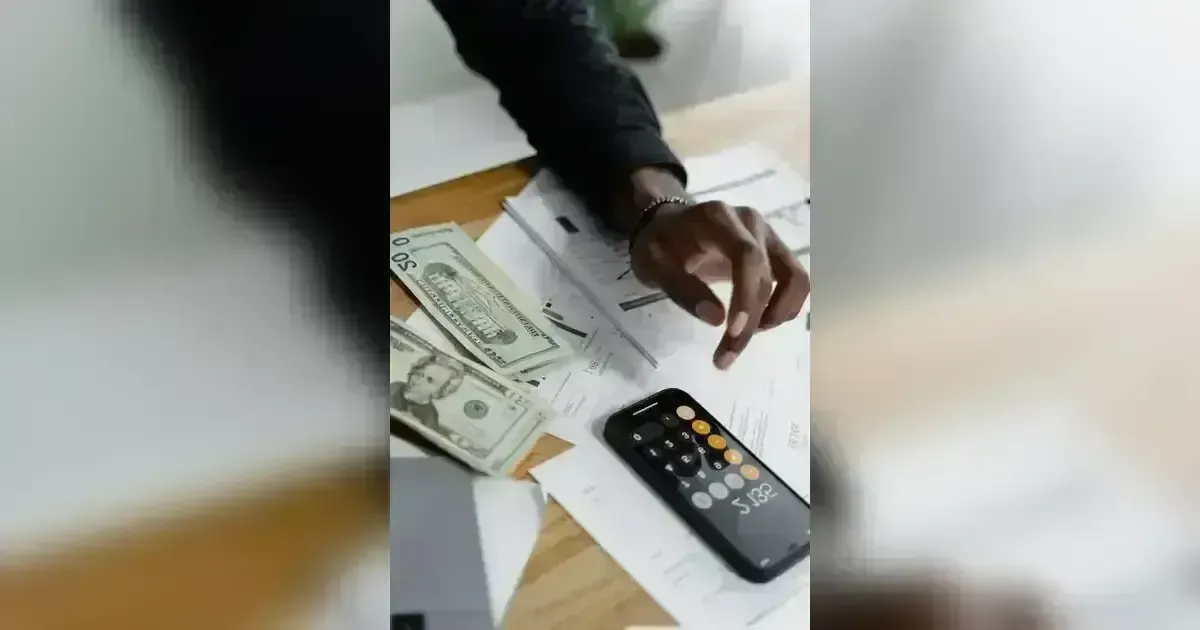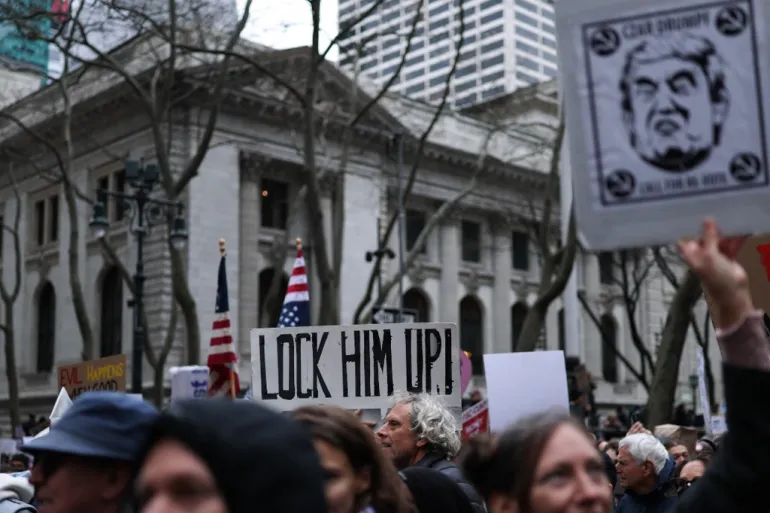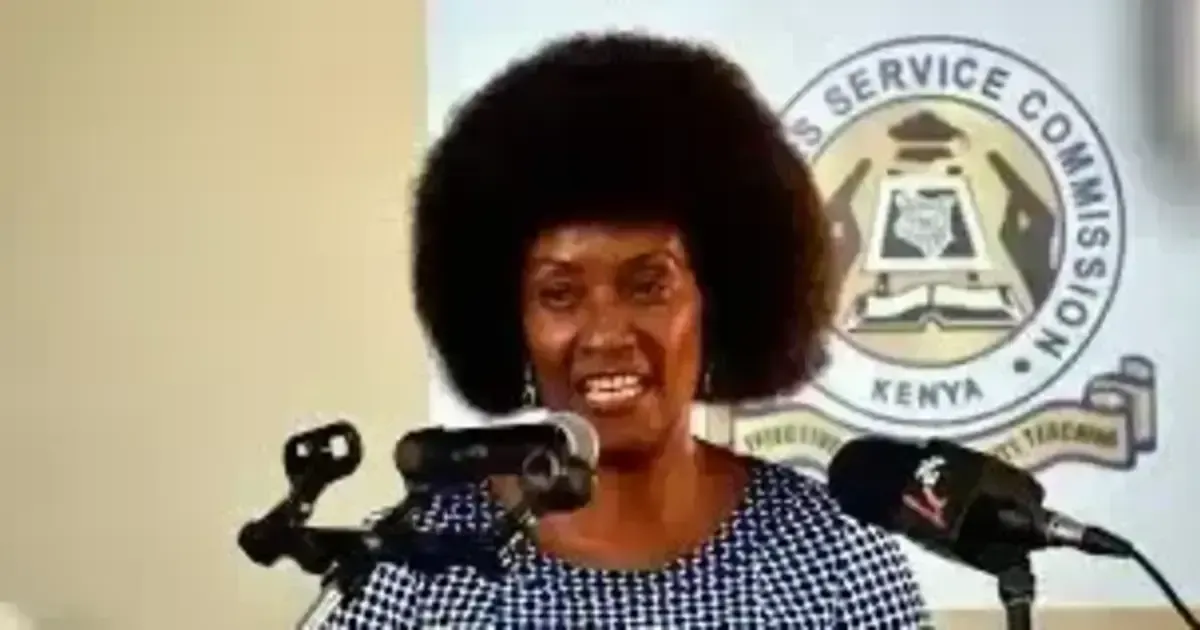Dive into the enchanting intersection of music and poetry with our article, “The Symphony of Words.” Explore the rhythmic dance, metaphorical melodies, and harmonious verses that unite these timeless arts. Discover humor-laced insights and the lyrical legacy that resonates within us all. Tune in to the symphony!
In the tapestry of human expression, music and poetry have been interwoven threads, each a form of art that resonates with the soul’s deepest emotions. The confluence of these two streams of creativity gives rise to a symphony of words, a place where the rhythm of language dances to the beat of melodies, and where verses are imbued with the harmonies of human experience.
1. The Rhythmic Connection
Rhythm as the Heartbeat
At the core of both music and poetry lies rhythm. It is the heartbeat that animates these art forms. In music, rhythm is the pulse that propels melodies forward—the steady beat of a drum, the syncopation of jazz, or the lilting waltz. Similarly, in poetry, rhythm manifests through meter and syllabic patterns. Whether it’s the iambic pentameter of Shakespearean sonnets or the free verse of contemporary poets, rhythm guides the reader’s journey through lines and stanzas.
The Dance of Language
Consider how a poem’s rhythm mirrors a dance. The rise and fall of stressed and unstressed syllables create a choreography of language. Just as a waltz sweeps across the ballroom floor, a well-crafted poem carries us through its verses. Music and poetry share this rhythmic language, inviting us to sway to their cadences.
2. The Melody of Metaphor
Metaphor: A Shared Palette
Both music and poetry thrive on metaphor. A melody can be a metaphorical landscape—a sunrise breaking through clouds, a storm raging at sea, or the tender touch of a lover. Similarly, poets weave metaphors into their verses. A rose becomes a symbol of love, raindrops evoke tears, and a nightingale’s song embodies longing. These metaphors transcend mere description; they evoke emotions and connect us to universal experiences.
The Sound of Words
In music, notes blend to create harmonies. In poetry, words harmonize through their sounds. Consider the alliteration of “silken strings” or the assonance of “moonlight whispers.” These linguistic harmonies echo the melodic intervals of a song. Just as a chord progression resonates in our ears, a well-chosen word reverberates in our minds.
3. Harmony in Verses
The Poet’s Chord Progression
Harmony in music involves combining different notes to create a pleasing arrangement. In poetry, it’s the balance of elements within a verse. A poet selects words not only for their meaning but also for their sonic qualities. The interplay of consonants and vowels creates a unique harmony. Just as a musician experiments with chords, a poet crafts lines that resonate emotionally.
The Silence Between Notes
Harmony isn’t just about sound; it’s also about silence. In music, rests punctuate melodies, allowing listeners to catch their breath. Similarly, in poetry, the white spaces—the line breaks and pauses—shape the reading experience. The silence between words amplifies their impact. It’s the pause after a poignant line, the breath before the next stanza—a symphony of absence.
In this symphony of words, music and poetry converse, each enriching the other. Whether we listen to a haunting melody or read a sonnet aloud, we participate in this timeless dialogue. So, let us continue to explore the harmonies, metaphors, and rhythms that bind these art forms—the symphony that resonates within us all.
A Crescendo of Wit and Wordplay
As we bid adieu to this symphony of words, let us take a final bow and raise our imaginary batons. For in the grand concert hall of creativity, where music and poetry waltz together, we find not only solemn sonnets and haunting melodies but also a backstage pass to humor’s secret green room.
1. The Encore of Puns
Ah, puns—the mischievous sprites of language. They tiptoe across the stage, whispering their double meanings. Imagine a poet serenading a lute, singing, “My love for you is like a palindrome—never-ending, whether read forward or backward.” And the lute, with a twang, replies, “Well, that’s just ‘note’-worthy!”
2. The Cacophony of Typos
Typos, those rebellious notes that refuse to stay in tune! Picture a composer scribbling a symphony, only to find that the violins play “Ode to the Spaghetti Monster” instead of “Ode to Joy.” And the conductor, flustered, exclaims, “Bravo, maestros! We’ve accidentally invented a new genre: Pasta-phonics!”
3. The Overture of Lost Rhymes
Rhymes, like elusive fireflies, flit through the moonlit meadows of verse. Sometimes they vanish, leaving poets in poetic despair. But fear not! For every lost rhyme, there’s a backup plan. Imagine a troubadour singing, “My heart is a lonely spork,” and the audience, puzzled, whispers, “Did he mean ‘fork’ or ‘knife’? Either way, it’s cutlery confessions!”
4. The Grand Finale: A Limerick in Diminished Seventh
(Clears throat)
There once was a poet named Fred, Whose rhymes were a tad bit misled. He’d sing of the moon, But it came out as a spoon, And the stars? Well, they danced the fandango instead!
5. Standing Ovation and Curtain Call
And so, dear readers, as the final notes linger, let us applaud the union of music and poetry—their harmonious tango, their lyrical pas de deux. May your days be filled with stanzas that hum and melodies that rhyme. And remember, life is but a symphony, so play your part with gusto, even if it’s in the kazoo section.
Thank you for joining me on this melodic escapade. Until next time, keep your quills sharp, your pianos in tune, and your punchlines groan-worthy. Bravo, brava, and encore! 🎭🎶📜


























